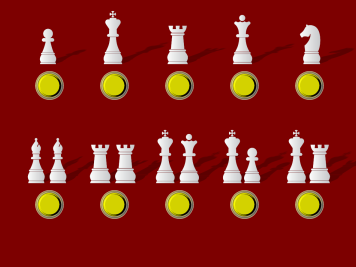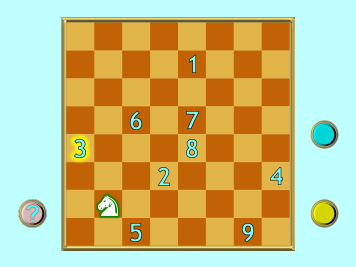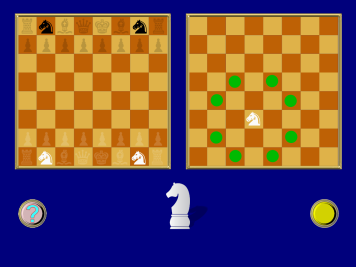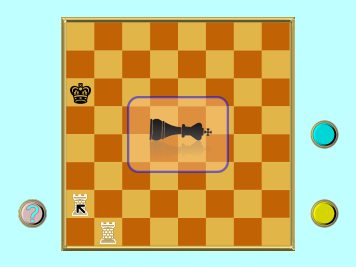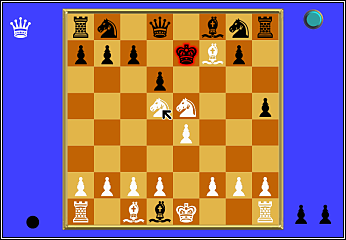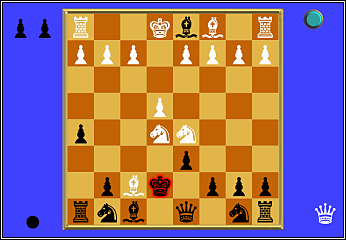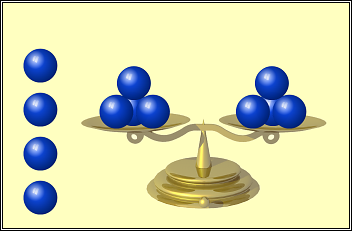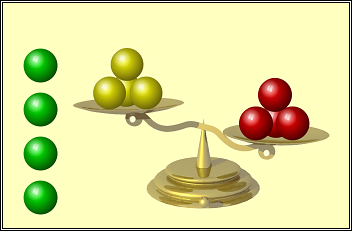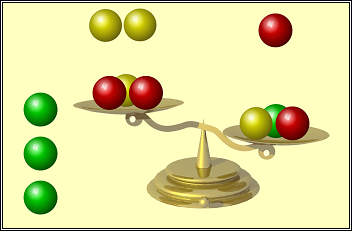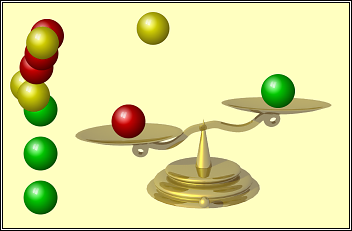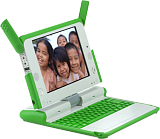 My OLPC Journey November 2011
My OLPC Journey November 2011
| ||||||||||||||||||
|
November 1 End Game is finished and ready for testing.
Activity No 35 - ChessNovember 3 The obvious next step is a full chess game but getting a chess engine to run fast enough on an XO is a big ask. So I've decided to try a different approach - a full chess game for two humans. Obviously I'd like to try making this my first networked activity but no promises - it looks like a rather steep learning curve! Anyway ... I've completed a full blown chess game which knows whose move it is, will not allow any illegal moves, deals correctly with castling and recognises "check". As the pictures below show it can present the display from either point of view.
November 4 Another very interesting trip to Sunshine Coast Uni. Photo shows Rangan Srikhanta (CEO Oz OLPC) telling us about the touch screen XO. It was especially interesting for me to see one of my jigsaw programs almost working without modification. I've undertaken to see if I can get my activities to be fully operational in a touch screen environment. Stay tuned! 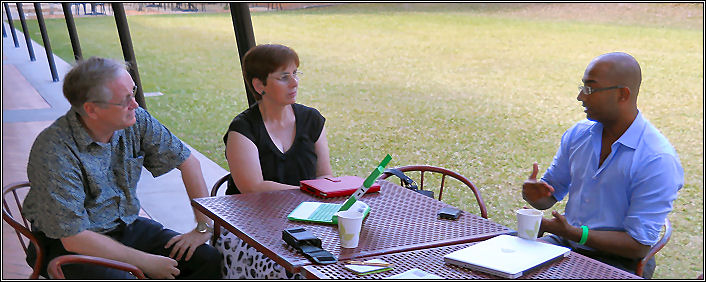
End Game is back from Martin's first round of testing with some really neat suggestions for improvement. As usual ... lots of extra work for me! November 5 Well as you can see, End Game has come a long way in a day. It now includes capture and avoidance practice. In addition, players are assigned the losing side in the end games at first. This enables me to show them the necessary technique. Just between you and me, this is not real easy to program. Anyway it's all going well and is about 75% complete. 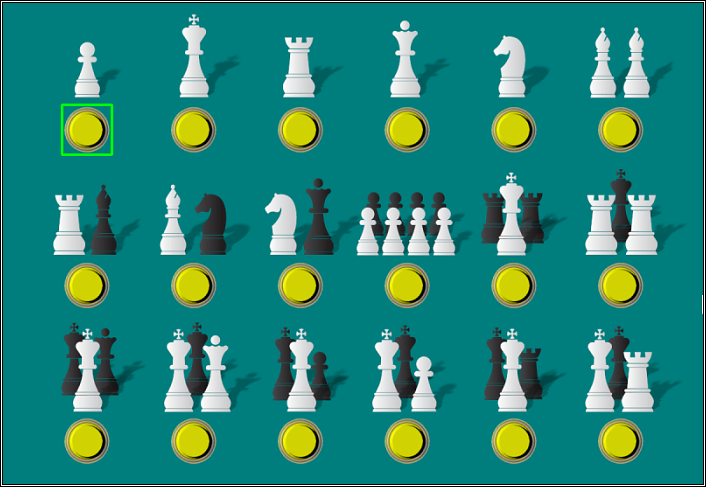
November 10 Five very solid days but I'm well pleased with the result. To save me lots of retyping, here's what the notes at Sugar Labs will say when End Game is finally released. A simple yet entertaining interactive introduction to Chess. Covers piece moves, capture, protection, pawn promotion, checkmate and stalemate. Includes 4 playable end games with the winning strategy demonstrated. November 13 So back to my full chess game only to find that one of my XO-1s doesn't want to join the network party anymore. Learnt heaps from James Cameron as we eliminated all the possibilities. Eventually did a complete re-install of the operating system (my first time!) - problem solved. So at least I now have Sugar .94 on one of my machines. November 16 End Game has been uploaded to Sugar Labs - enjoy! Activity No 36 - WeighNovember 18 It didn't take long for me to become disillusioned with trying to build a network sugar activity. One simple example. I spent a whole day studying the Chat activity. I was just starting to follow how it worked when I chanced across mention of the fact that a key part of it was now "deprecated" and was being replaced. So I decided to get back to my basics with a new activity. Weigh is based on the well known Twelve Balls Puzzle. One of the twelve is either heavier or lighter than the rest and you have three weighings to find it. I plan to start with a small number of balls and work up to the twelve. One of my ideas is to help the player keep track by using colour coding after the first weighing. See if you can follow my working example:
I have a long way to go but I think we will end up with a fun activity. November 19 Weigh is finished and ready for testing - first by me and then by Martin. As you can see, it has four levels with 3, 6, 9 and 12 balls. The picture shows me successfully identifying a light rogue in the required 3 weighings. 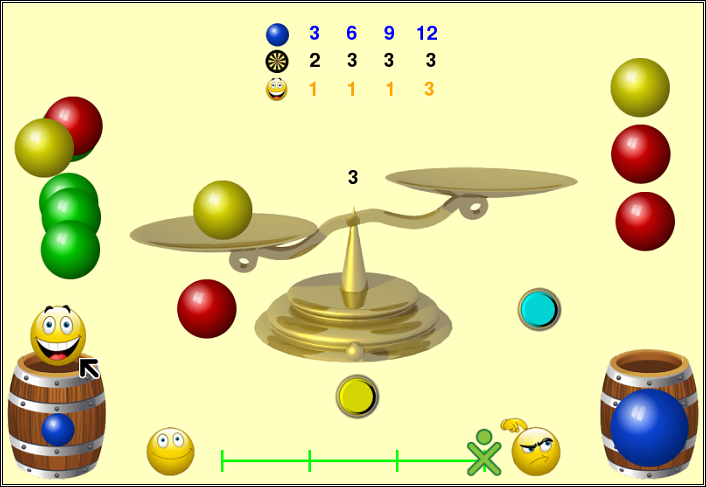
November 21 A little milestone ... our activity download total just passed 250,000! I also realised that we now have 30 activities at Sugar Labs so that means I can bundle the next ten for Windows users. Here's the link on my web site in case you're interested: My OLPC Activities on Windows |
